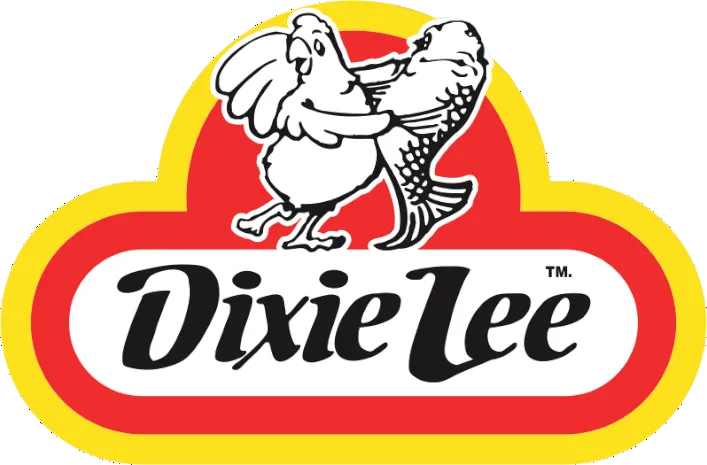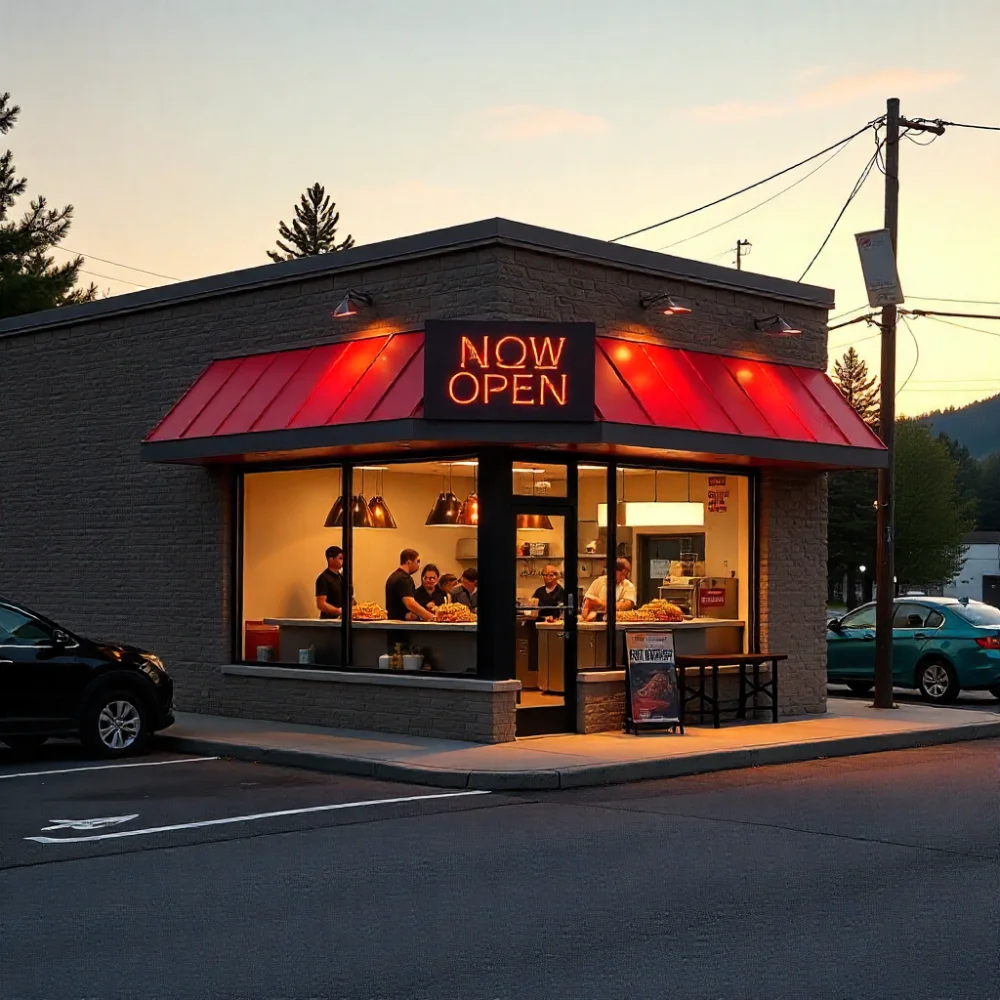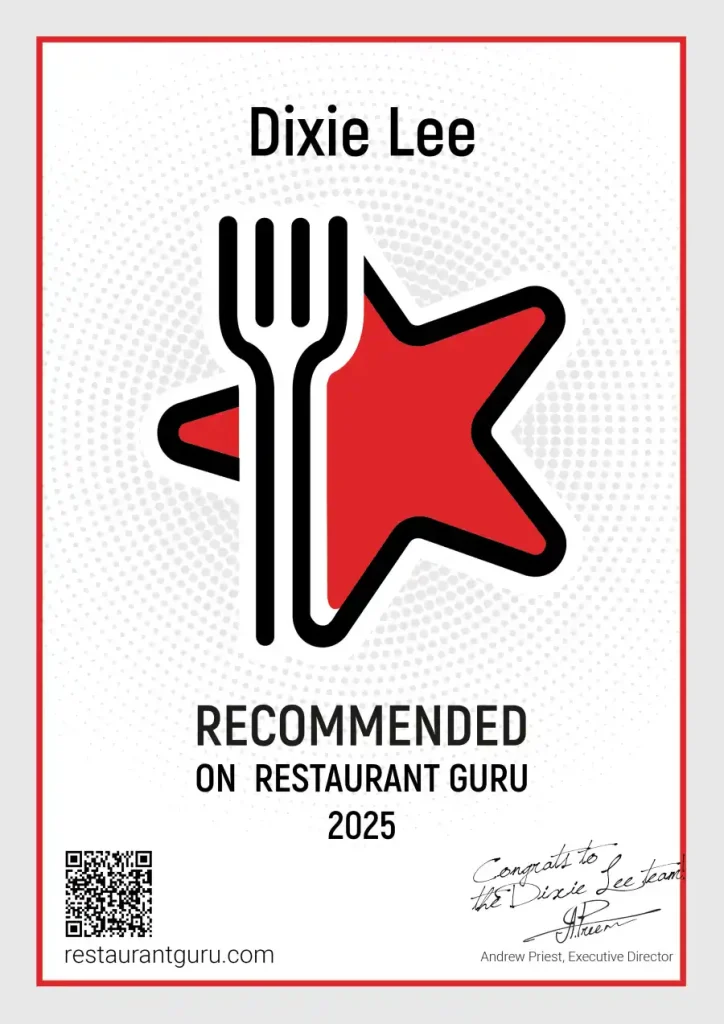A Dixie Lee in Bancroft will serve year‑round locals, weekend cottagers, and highway travelers, so choose a high‑visibility site with easy ingress, strong drive‑thru stacking, and co‑tenants such as fuel stations or grocery stores.
Plan staffing and inventory to accommodate weekend spikes and summer peaks, maintain a strict cold‑chain, and implement waste‑tracking procedures.
Follow Dixie Lee’s specifications for breading, fry times, and cleanliness, and budget for franchise fees, required equipment, and at least three months of working capital.
Secure all necessary permits, ensure food handlers are certified, and develop a local marketing plan that targets schools, hockey programs, and other community hubs.
For a successful launch, focus on site selection, operational readiness, regulatory compliance, and community engagement to build steady traffic and repeat customers.
Key Takeaways
- Bancroft demand is seasonal: steady weekdays, weekend spikes, and summer peaks from cottagers and highway travelers.
- Choose a site near highway junctions or lake arterials with strong visibility, drive-thru stacking, and co-tenancy like fuel or grocery.
- Follow franchise standards for breading, fry times, portioning, cleanliness, and maintain cold-chain and waste tracking to manage seasonal supply constraints.
- Budget for franchise fee, buildout, equipment, signage, inventory, and 3+ months working capital; model 36-month projections and break-even.
- Secure local permits, hire certified food handlers, implement HACCP checklists, and market via schools, hockey sponsorships, and Bancroft-focused social posts.
Assessing Bancroft’s Market, Seasonality, and Customer Fit
How does Bancroft’s unique mix of year-round locals, seasonal cottagers, and transient highway traffic shape demand for a Dixie Lee? You’ll see three overlapping segments. Locals want dependable value, family meals, and quick service that fits routines, especially during school and work seasons. Cottagers surge on weekends and summer weeks; they favor shareable combos, larger bucket options, and extended evening hours. Transient travelers seek fast, predictable comfort food and clear menus that simplify decisions.
Map your weekly demand curve: steady weekdays, weekend spikes, and pronounced summer peaks. Plan staffing and prep to flex with those swings. Offer core fried-chicken staples daily, then layer limited-time flavors in peak periods. Price family bundles competitively, and keep single-serve options for travelers. Build loyalty offers for locals to smooth shoulder seasons.
Choosing the Right Site Along High-Traffic Corridors
With your demand curve mapped—steady weekdays, weekend spikes, and summer peaks—you now need a location that catches all three segments without slowing them down. Prioritize corridors where commuters, cottagers, and tourists already pass: think highway junctions, arterials feeding lakes, and routes into downtown. Aim for right-hand ingress, clear sightlines 200–300 meters out, and simple turns back to the corridor.
Validate traffic counts by time of day and season. Stand on-site at lunch and early evening; watch queue behavior and turning gaps. Seek co-tenancy that complements quick service: fuel stations, grocery anchors, hardware, and outdoor outfitters. Guarantee visible signage at driver eye level, plus room for drive-thru stacking without blocking parking. Confirm adequate lighting, snow storage, and safe pedestrian paths.
Franchise Support, Brand Standards, and Supply Chain Realities
Two pillars will shape your launch as much as site selection: the support Dixie Lee provides and the standards you must hit every day. You’ll get onboarding, training on kitchen flow, product prep, food safety, and service scripts. Field reps typically visit to coach operations, checklists, and local marketing alignment.
Brand standards aren’t optional. You’ll follow specs for breading, fry times, oil management, portioning, packaging, uniforms, and store cleanliness. Consistency preserves trust, so document procedures and audit daily.
Supply chain realities in Bancroft matter. Expect centralized sourcing for chicken, coatings, oils, and branded packaging. Lead times can stretch with seasonality or weather, so build par levels, reorder buffers, and substitute plans that still meet specs. Maintain cold-chain discipline from receiving to service, and track waste to tighten ordering.
Startup Costs, Ongoing Fees, and Financial Projections
Strong support and strict standards only work if your numbers pencil out. Start by mapping your startup costs: franchise fee, design and construction, equipment, signage, initial inventory, training, POS, and opening marketing. Add leasehold improvements and a working-capital cushion for at least three months of payroll, rent, and utilities. Get written quotes for Bancroft-specific buildout and utilities.
Ongoing fees include royalties on gross sales, a brand fund contribution, technology subscriptions, insurance, maintenance, and bank charges. Model cost of goods sold using system averages plus local freight. Build a 36-month projection: weekly sales ramp, seasonality, labor as a percent of sales, occupancy, and controllables. Stress-test with conservative, base, and optimistic scenarios. Track cash break-even, payback period, and debt service coverage before committing.
Permits, Staffing, Food Safety, and Local Marketing Strategies
Before you swing a hammer or hire your first cook, line up the essentials: secure municipal business and sign permits, health unit approvals, fire inspections, and any hood/suppression and grease trap permits specific to Hastings County. Schedule inspections early so your buildout and opening don’t stall. Hire ahead: a reliable manager, certified food handlers, line cooks, and cashiers. Train on Dixie Lee standards, cross-contamination, allergen protocols, and temperature logs.
Use this snapshot to visualize readiness:
| Focus | Action |
| Permits | Submit applications, track deadlines |
| Staffing | Post roles, pre-hire for backups |
| Food Safety | Implement HACCP-style checklists |
| Operations | Daily line checks, label systems |
| Marketing | Launch plan with local angle |
Market locally: partner with schools, sponsor minor hockey, and run soft-opening tastings. Encourage reviews and use Bancroft-focused social posts.
Conclusion
Opening a Dixie Lee in Bancroft can succeed if the operator aligns the concept with the town’s seasonal demand, selects a highly visible site, and adheres to brand standards. One should research traffic patterns, identify competitor gaps, and evaluate supply-chain logistics to ensure consistent product availability and manageable costs. Financial projections should be conservative, with clear budgeting for franchise and licensing fees, labor, utilities, and contingencies to protect profit margins.
Permits and regulatory approvals must be obtained early; the municipality’s timelines for health inspections, building permits, and signage approvals can affect the opening schedule. Staffing plans should prioritize hiring competent kitchen and front-of-house personnel and include thorough food-safety and operations training to maintain quality and compliance.
For marketing and driving traffic, focus on building strong community ties and promoting offers that boost business during shoulder seasons. Local partnerships, targeted advertising, and consistent branding help establish visibility. If the financials are realistic and operations are executed tightly, the location can develop a dependable, year-round customer base.


